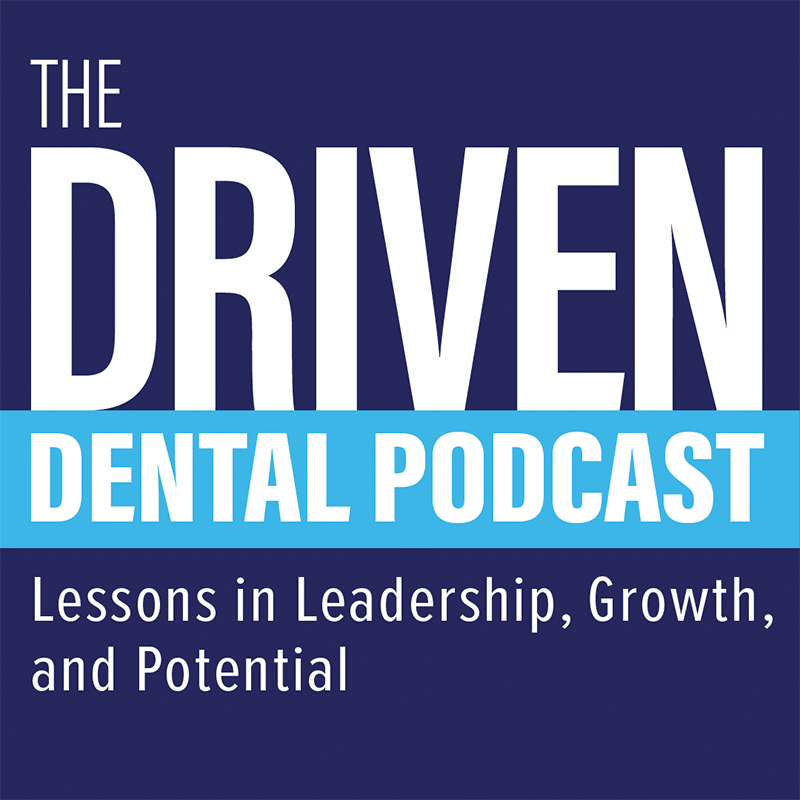3D printing is no longer the novelty “toy” it was even a few years ago. With the medical field, in recent years, wielding it as a premier tool in their toolkit, it has become a necessity in modern dentistry. From creating surgical guides to actually printing implants that change patient’s daily lives, 3D printing makes for more attuned customization in dentistry, leading to more natural and comfortable results. Yet, some dental professionals are still unfamiliar with this technology, with many finding the first step a daunting move. We’ve gathered some basic information on this tool and how it might help you in practice.
What Is 3D Printing in Dentistry?
3D printing in dental settings refers to creating dental products layer by layer from digital models. These models can come from intraoral scans or digital impressions. Printers in the office can produce a range of items like custom trays, night guards, models for clear aligners, and even permanent restorations (our dentists performing implant procedures often use it for this reason).
What are the benefits?
3D printing offers three main benefits for dental practices. By creating products directly from digital models, offices can significantly reduce turnaround times, delivering items like custom trays, night guards, clear aligner models, and even permanent restorations much faster than traditional methods. The digital precision of 3D printing also enhances accuracy, resulting in fewer remakes and better-fitting appliances. Additionally, by producing these items in-house, practices can cut outsourcing costs and streamline their workflows, making 3D printing a highly cost-efficient solution for modern dental care.
Steps to Get Started
- Evaluate Your Needs: Start by identifying what your practice can benefit from most—diagnostic models, splints, or same-day restorations?
- Choose the Right Printer: Options vary from entry-level resin printers to high-performance DLP printers. Consider factors like resolution, speed, material compatibility, and support.
- Invest in Scanning and Design Software: Pairing your printer with an intraoral scanner and CAD software allows for a fully digital workflow.
- Train Your Team: Choose training resources from manufacturers, online courses, or local workshops. The more familiar your staff is, the smoother the integration.
- Test and Scale: Begin with one application, such as printed models, and expand as you build confidence and skill.
3D printing isn’t just for high-tech labs anymore. With the right approach, any practice can harness its power to improve care and efficiency. Start small, stay informed, and embrace the future of dentistry—one layer at a time.



